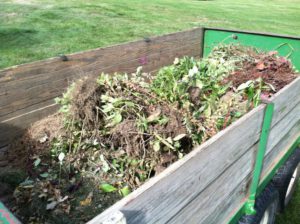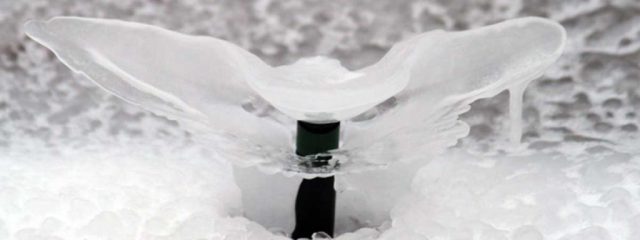Designscapes World of How To – Vol. VI – How to Prepare for the Brutal Winter Effects
 Welcome to the sixth of Designscapes World of How To… (DWHT) We will be providing you with a collaboration of weekly instructions and tutorials on numerous DIY projects you can perform at home or in your own backyard. These activities are great for family bonding, team building or just as a hobby. Hopefully we can provide you with valuable information you can utilize and pass on to others.
Welcome to the sixth of Designscapes World of How To… (DWHT) We will be providing you with a collaboration of weekly instructions and tutorials on numerous DIY projects you can perform at home or in your own backyard. These activities are great for family bonding, team building or just as a hobby. Hopefully we can provide you with valuable information you can utilize and pass on to others.
This will be one of the most important lesson to date. We will go over ways to prepare your landscape and irrigation systems for the harsh winter weather. We always need to protect our investments and dreed having added cost for repairs in the spring we could have prevented in the fall/winter.
Here are some standard “to do” items to help you smooth the way for next year’s plantings.

Compost the leaves: Fallen leaves are an excellent source of nutrients and organic matter. When raking, instead of tossing them out, put them in the compost pile or use shredded leaves as mulch. Putting this material around your flower beds in the fall will provide an excellent blanket of insulation.
Overseed your Lawn: If you overseed heavily enough with the cool season grass, you should be able to achieve a nearly solid green lawn all winter long. The best time to overseed is six to eight weeks before the first hard freeze. If you notice bare spots once the seeds begin to germinate, seed those areas again. Bear in mind, however, that if cold weather comes early, the grass that comes up following the second seeding may not have time to develop a strong root system to survive winter, so start early.
Remove Annuals & Mulch Perennials: Annuals typically die when temperatures drop below freezing. But perennials often appear as though they too have bitten the bullet. That’s because their top growth dies back, although in most cases the root ball is hardy enough to survive even extreme temperatures, especially if it’s covered with a layer of mulch. The best time to mulch perennials is after the first hard freeze. Just make sure you don’t cover the crown or center of the plant, because that can lead to rot.

Winterizing Irrigation Systems:
- Insulate your Assets
Shut off the water supply to the irrigation system. The main shut off valve for your irrigation system needs to be protected against freezing. Make sure it is wrapped with insulation (foam insulation tape and a plastic bag) to protect it from harsh winter temperatures and prevent it from freezing. If you do not have a main shut off valve, you might consider installing one as a preventative investment. Also, any above ground piping needs to be insulated. Self-sticking foam-insulating tape or foam insulating tubes commonly found at home supply stores are fine.
- Stay in Control
If you have an automatic system then you will need to “shut down” the controller (timer). Most controllers have a “rain-mode” which simply shuts off the signals to the valves. The controller continues to keep time, the programming information isn’t lost (start times, valve run times, etc.) and the clock continues to run throughout the winter. The only change is that the valves will not activate. If your controller is responsible for activating a pump, as a precaution you should remove the wires that are connected to the MV (Master Valve) and common terminals. This will prevent the possibility of the pump being accidentally activated which could cause damage from overheating. An alternative to using the rain mode is simply to shut off the power to the controller. If you do, you’ll need to reprogram the time and potentially all your other settings as well, in the spring.
- Drain the Pipes
Now you need to remove the water from the pipes and sprinklers so that it won’t freeze/expand and break the pipe. There are several ways to drain your pipes: a manual drain valve, an automatic drain valve or the compressed air blow-out method. However, since there could be potential safety risks we recommend contacting your local irrigation specialist. Many offer sprinkler winterization services this time of the year.
- Protect Valves and Backflow Preventers
Insulate backflow preventers and valves if they are above ground. You can also use insulation tape for this. Be sure not to block the air vents and drain outlets on backflow preventers.
If our Designscapes Team can assist you in anyway don’t hesitate to contact us.



